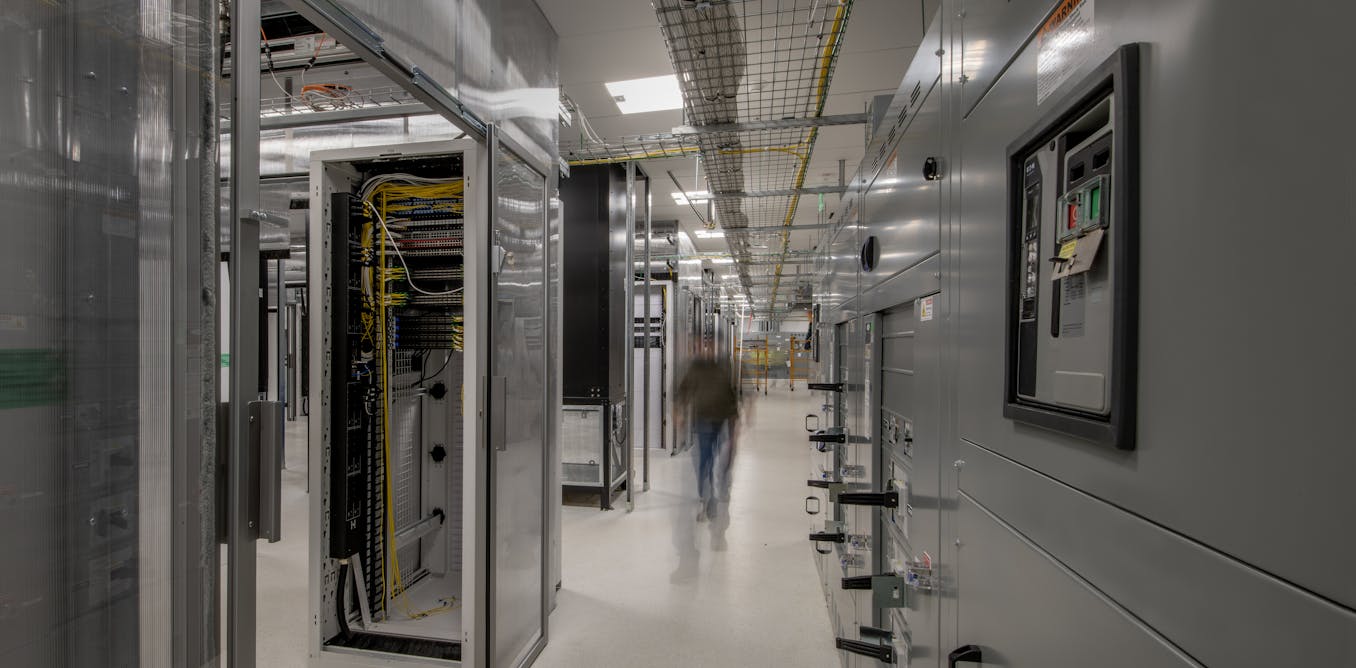This is a sponsored article brought to you by Siemens.
In the world of electronics, integrated circuits (IC) chips are the unseen powerhouse behind progress. Every leap—whether it’s smarter phones, more capable cars, or breakthroughs in healthcare and science—relies on chips that are more complex, faster, and packed with more features than ever before. But creating these chips is not just a question of sheer engineering talent or ambition. The design process itself has reached staggering levels of complexity, and with it, the challenge to keep productivity and quality moving forward.
As we push against the boundaries of physics, chipmakers face more than just technical hurdles. The workforce challenges, tight timelines, and the requirements for building reliable chips are stricter than ever. Enormous effort goes into making sure chip layouts follow detailed constraints—such as maintaining minimum feature sizes for transistors and wires, keeping proper spacing between different layers like metal, polysilicon, and active areas, and ensuring vias overlap correctly to create solid electrical connections. These design rules multiply with every new technology generation. For every innovation, there’s pressure to deliver more with less. So, the question becomes: How do we help designers meet these demands, and how can technology help us handle the complexity without compromising on quality?
A major wave of change is moving through the entire field of electronic design automation (EDA), the specialized area of software and tools that chipmakers use to design, analyze, and verify the complex integrated circuits inside today’s chips. Artificial intelligence is already touching many parts of the chip design flow—helping with placement and routing, predicting yield outcomes, tuning analog circuits, automating simulation, and even guiding early architecture planning. Rather than simply speeding up old steps, AI is opening doors to new ways of thinking and working.
Machine learning models can help predict defect hotspots or prioritize risky areas long before sending a chip to be manufactured.
Instead of brute-force computation or countless lines of custom code, AI uses advanced algorithms to spot patterns, organize massive datasets, and highlight issues that might otherwise take weeks of manual work to uncover. For example, generative AI can help designers ask questions and get answers in natural language, streamlining routine tasks. Machine learning models can help predict defect hotspots or prioritize risky areas long before sending a chip to be manufactured.
This growing partnership between human expertise and machine intelligence is paving the way for what some call a “shift left” or concurrent build revolution—finding and fixing problems much earlier in the design process, before they grow into expensive setbacks. For chipmakers, this means higher quality and faster time to market. For designers, it means a chance to focus on innovation…
Read full article: AI in Chip Design: Faster Debugging With Vision AI

The post “AI in Chip Design: Faster Debugging With Vision AI” by Priyank Jain was published on 10/30/2025 by spectrum.ieee.org






































Leave a Reply